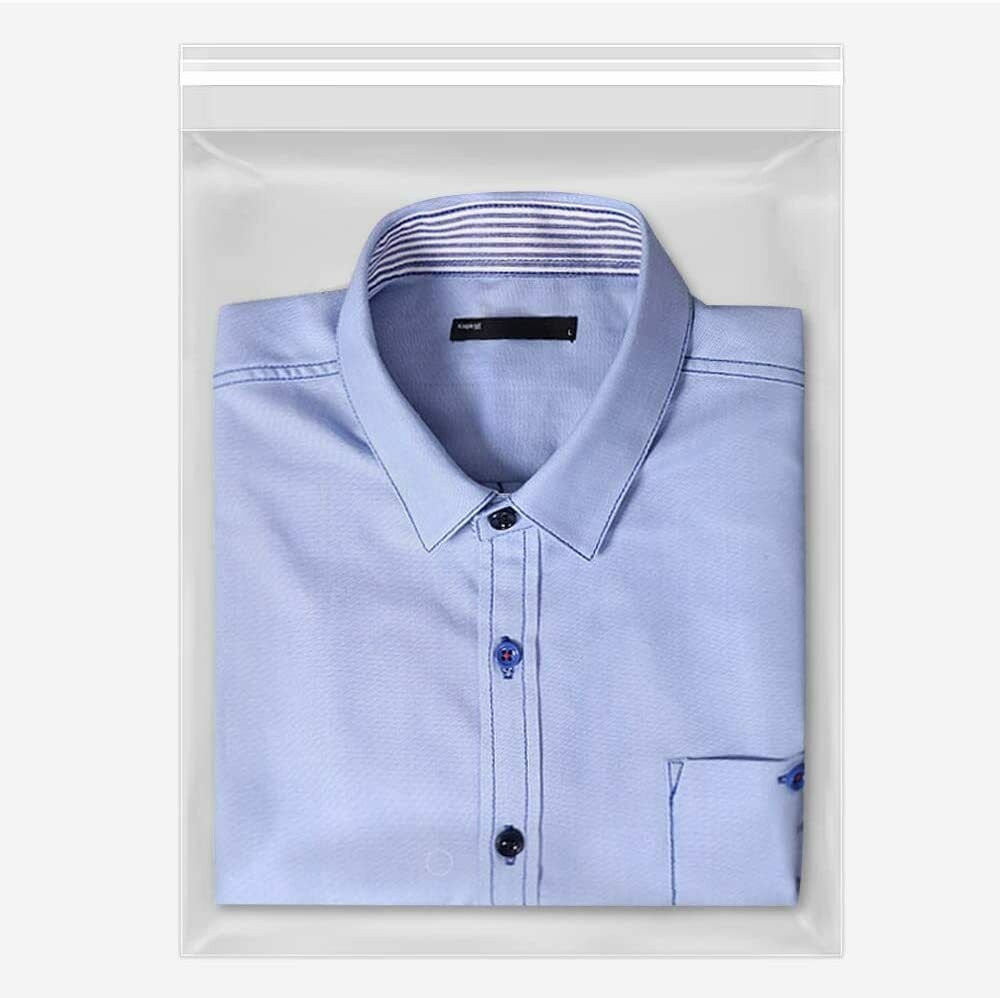-40%
Sandbags - Qty: 800 - White 14" x 26" -Sandbag Sand Bags Bag Poly by Sandbaggy
$ 116.68
- Description
- Size Guide
Description
Qty of 800 - New Sandbags For SaleOther names for Sandbags: Poly Bags, Sandbag, Sandbagging, Empty Sandbags, Sand bags, Military Sandbags,
Polypropylene Bags, Sand bag
Sandbags are an inexpensive solution to avoid damages to your property. With a flood barrier built around your house, your house will be saved from floods. Since the invention of sandbags, they have been able to save tens of thousands of homes from being flooded.
Our rugged Sandbaggy sandbags are made with thick weaves allowing for heavy-duty applications like sandbagging, landscaping, construction, and building flood barriers. Our tough, coarsely-woven sandbags can be used for so many different applications. Made with 1600 hr of UV protection, these sandbags can sit under the sun for six months before they began to degrade.
Learn More About Sandbaggy's Sandbags
Video will open in a new window
Using the mobile app? Copy this link into your browser:
Features:
Empty sandbags made by Sandbaggy
Made with 1600 hours of UV protection- allowing the sandbags to last 6 months under direct sun exposure
Size: 14in x 26in
Color: White
Material: Made from 100% Polypropylene
Includes built-in tie strings
Weight Capacity: minimum of 50 lbs
Each sandbag can fit 50 lb of sand
Photo-degradable
- meaning that the sandbags will decompose under sunlight after 6 months
Military Grade: With double stitched bottom, these sandbags are tested to withstand a minimum of 10 drops from 4 ft high before any noticeable damage to sandbag (when filled with 40 lbs of sand)
Sun Protection: Built to withstand 100°F direct sunlight for 3-6 months - a MUST-HAVE in places with high-heat areas such as Florida, Arizona and California
Possible uses: building flood barriers, erosion control, paintball barriers, flood control, and many more
Please note that most other bags on the market only have between 800-1200 UV hours, therefore have a much shorter life.
In case you were wondering, here's the difference between monofilament bags, regular sandbags and burlap bags:
So monofilament bags
are made from polyethylene (which is an extremely heavy duty plastic), allowing the bag to last up to three years under direct sunlight. Our monofilament bags are available in 11" x 48" (available in green), 17" x 27" (available in brown) and 14" x 26" (available in yellow). We recommend someone to use monofilament bags
if they do not plan on moving the bags for a couple of years.
Meanwhile, regular sandbags
are made from polypropylene (which is also a plastic), but does not last as long as monofilament bags. Our Sandbaggy sandbags which comes with 1600 UV typically lasts about six months under direct sunlight. Our sandbags are available in 14" x 26" (available in military green, white, beige, and orange), 18" x 30" (available in white) and 25" x 40" (available in white). We recommend someone to use regular sand bags
if they are on a limited budget.
Meanwhile, burlap bags
are made from strong jute natural fibers. So it is 100% biodegradable. It is perfect for someone who wants to protect the environment by reducing waste. Our Sandbaggy burlap bags are available in 14" x 26", 22" x 36", and 24" x 40." We’ve found that our burlap bags
are used to store food (since our bags are food grade), store hardware and metal parts, flood control, and sack racing.
In case you were wondering, here's some information on what size sandbag one should buy:
A common question we get asked is what size sandbag should I get? So for our regular sandbags, we have them in 14" x 26", 18" x 30", and 25" x 40."
Our 14" x 26" sandbag is typically used for flood control, erosion control, and military fortification. We wouldn’t recommend using 14" x 26" sandbags to store materials since they are usually too small.
Our 18" x 30" and 25" x 40 sandbags are typically used for storing materials/food and sack racing. These sandbags are not well suited for erosion or flood control, since they are too heavy to be moved around.
Sandbags Filling Tips
Fill sandbags ½ to ⅔ full and tie the bag at the top (lay flat when in place). This sandbag should weigh between 35-40 lbs. An overfilled sandbag weighs between 60-75 lbs and will leave gaps which will allow water to seep through.
Always wear gloves during filling operation to avoid hand injuries and protect from contaminants in sand and floodwater. Safety goggles should be used on dry and windy days.
Filling sandbags is physically demanding work and can easily cause back and other injuries if not careful. Always lift with your legs and not your back. Do not reach out, bend over, or twist when lifting.
Do not throw sandbags - it stresses the back and shoulders. Rather use a brigade line to pass bags
Use a short handled, #2 rounded point shovel with straight shaft and D grip, bagger scoop or funnel to fill sandbags.
Remove any debris from the areas where the sandbags will be placed. After placing the sandbag, walk on sandbags to create a tight seal between each bag.
Fill Materials
Sandbaggy sandbags are built to withstand both gravel or sand. Be aware of poor quality sandbags that rupture when filled with sharp gravel rocks.
Gravel should be filled in sandbag when used as an erosion control device (on slopes). Sand should be filled for flood control needs, whether to protect doors or garage or to divert water. If sand or gravel is not accessible, less effective solutions is to fill the sandbags with backyard soil.
Please note that there are no returns for orders shipping outside of the USA.



















